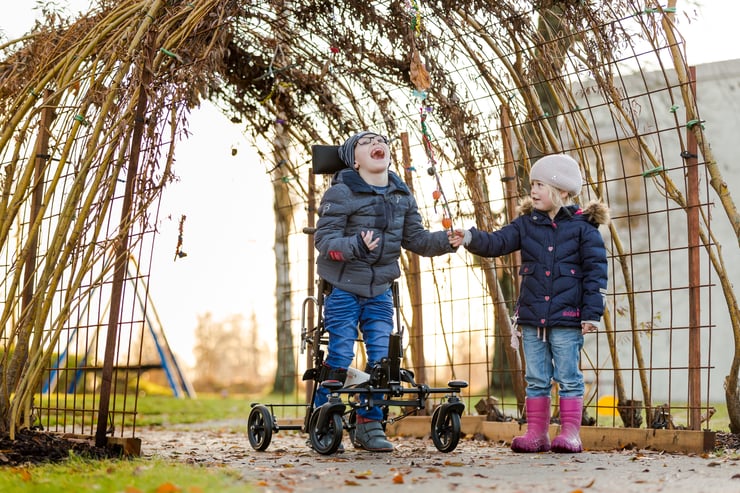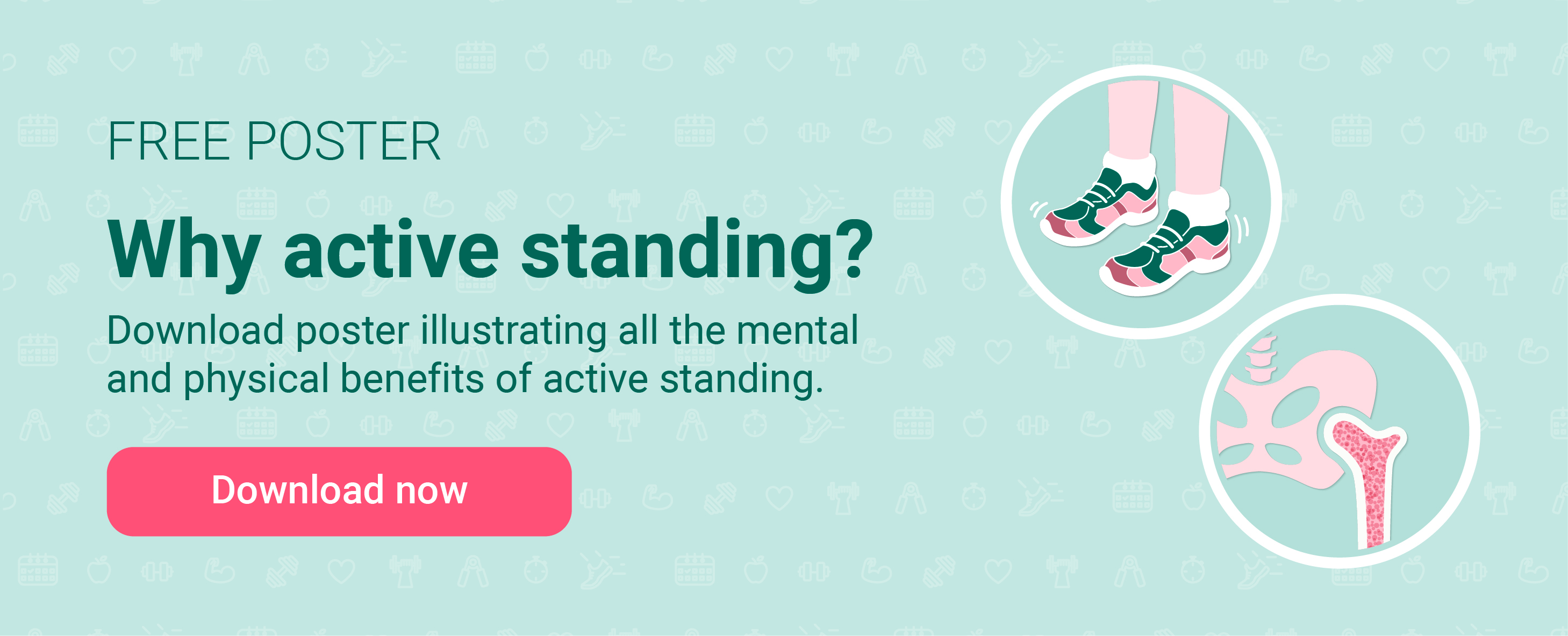When Should Assistive Devices be Introduced?


It’s the goal of most parents of children with disabilities to get your child to crawl, stand and walk, in that order. And for most, it is achievable either independently or by the support of devices. But how soon should you introduce aids for your child?
Assistive devices should be introduced in an age where the function naturally would have developed and support the possibility for the child to be active participating with peers.
Naturally, it is beneficial if assistive devices are introduced as early as possible, as the child develops the most at a young age. This is partly because children learn how to use them quicker the younger they are, and also because the gains of assistive devices give you all a better quality of life earlier on.
Have you ever wondered what different types of assistive devices there are? We have made an overview of devices that breaks down the barrier of participation and activity limitations.
Most importantly assistive devices should support children with disabilities in positions and with mobility to explore the environment and promote social and cognitive development as well as motor function.

So At What Age Does My Child Need To Be Introduced To Assistive Devices?
Always keep an eye on the individual child. While every child’s development is different, a child with disabilities may be slower than usual in achieving developmental goals, such as learning how to crawl, stand, walk or communicate.
However, by introducing assistive devices early, parents can make sure that children – regardless of their level of movement impairment – can explore the environment, and develop socially and cognitively. Aids support the child in positions that are normal for the child’s age. Standing is for example normally practiced around the age of one.
Some assistive devices for standing and walking are designed for infants and have a size range down to 70 cm. This means that your child is able to be upright and carry his or her own body weight at 9-12 months. Most devices are available in various sizes, which means that you are likely to find something that will suit your child at an early age.
When the child stands up in an upright position, with weight-bearing, assisted by aids, this may help prevent deformities and hip dislocation while also helping leg bones grow and stay strong. Adding movement and light physical activity is also beneficial for the blood circulation, digestion, and the mental development.
How should I go about finding the best pathway for my child?
Your child should be evaluated by a physical therapist, occupational therapist or doctor to determine which of her/her physical limitations require particular assistance. It’s important to get professional help, so they can steer you in the right direction and locate the appropriate devices.
A Couple Of Things to watch out for
It’s extremely gratifying to see your child develops, but do take heed of a couple of tips. Firstly, remember to pay close attention to your child’s progress. Make sure the devices are personally adapted to your child – this will not only help provide the right support, but it will also optimize the experience for him or her.
Finally, if you are concerned about your child’s development regarding assistive devices, then it’s recommended that you seek a doctor or physiotherapist/occupational therapist who can help with decisions about the best time to take action. The purpose of the assistive technology and treatment is to promote a manageable and healthy life, and turning it into a race is not recommended.
There are also social and emotional aspects of living a more fulfilling life. Many children are content with their disabilities. As a parent, it’s important to consider their feelings. Some devices or treatments can be stressful and uncomfortable, and in that case, they will do more harm than good.

Rikke Damkjær Moen brings many years of experience as clinical physiotherapist to the Made for Movement team. Her mission is to ensure that everybody, regardless of mobility problems, should be able to experience the joy and health benefits of physical activity. As our Medical Manager, Rikke is passionate about sharing knowledge so that individuals with special needs, families, and clinicians can discover the possibilities and solutions provided by Made for Movement.
A severe accident during a hockey game resulted in 35-year-old Tobias breaking his neck and becoming paralysed from the armpits down....
A disability entails the loss of, damage to, or deviation from bodily or psychological functions, in the form of mental, physical,...
The Neurological Interdisciplinary Treatment Centre NiB (Neurologisches Interdisziplinäres Behandlungszentrum) is an innovative...
Hear from us from time to time and learn new things
